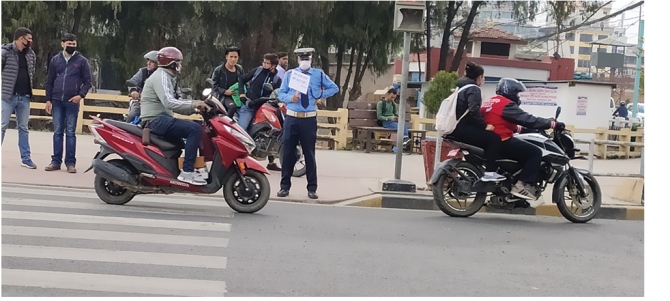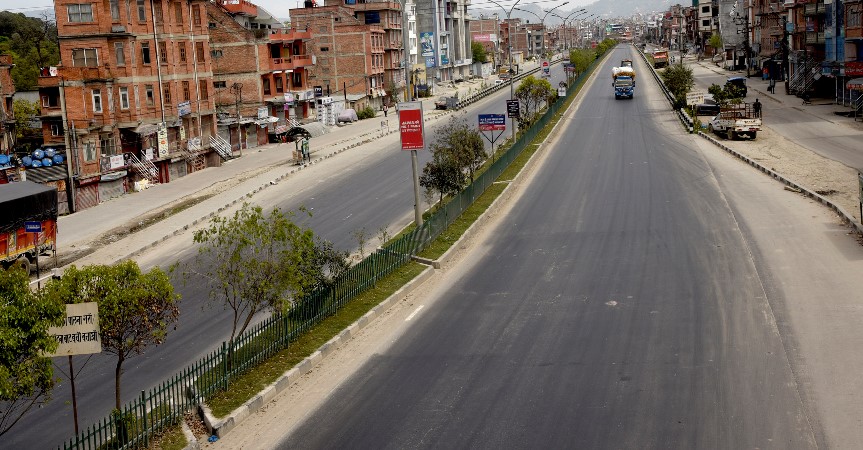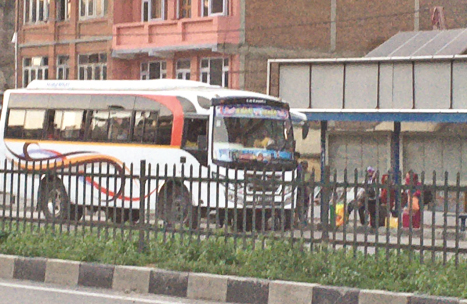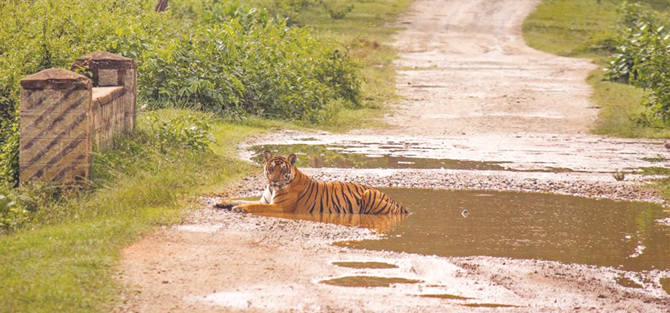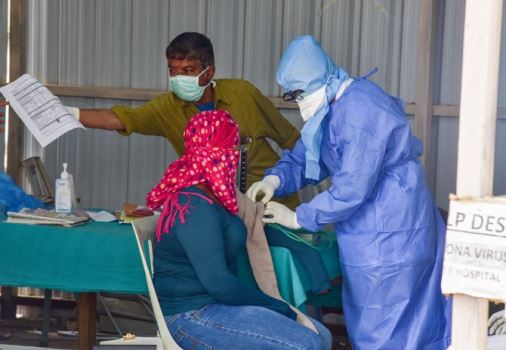Bardiya tiger radio collared to study its behaviour
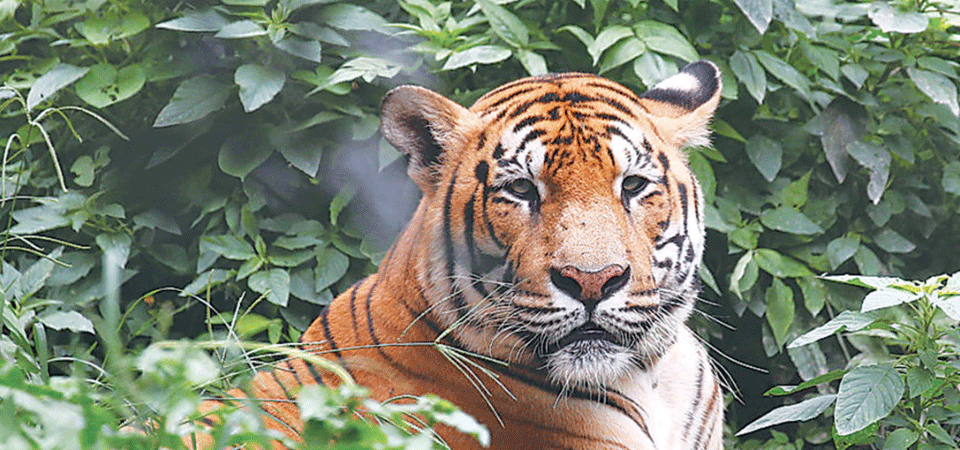
By Indira Aryal
Kathmandu, Apr. 5: A satellite radio telemetry has been installed on a Bengal Tiger at Bardiya National Park (BNP) to monitor its movement and study its behaviour.
A technical team led by the park recently connected a satellite radio telemetric to a 5-year-old female Bengal Tiger after capturing it along the East-West Highway.
A satellite telemetric is a collar fitted with a small radio transmitter that can be used in tracking the tiger’s movements by radio telemetry. The satellite has been installed around the neck of the tiger. "The device has been used as per the decision of the government to track and understand the behaviour of Bengal Tigers, their common traits, and habitat,” informed Bishnu Prasad Shrestha, Chief Conservation Officer of BNP.
The satellite radio telemetry, also called collar, will be connected to four more tigers in Banke, Bardiya, and Parsa National Parks, as per the decision. This will further help in observing not only inside but also outside their habitat area and watch their movement on the highway, he added.
“The telemetry has been installed on a female Bengal tiger of BNP in the first phase. If the result comes out positive, we will install it on more tigers based on performance,” Shrestha said.
The satellite radio telemetry was already installed on a Bengal tiger at Parsa National Park on February 14, 2021, and the response was positive," said Hari Bhadra Acharya, information officer at the Department of National Parks and Wildlife Conservation (DNPWC) under the Ministry of Forest and Environment.
“We are getting positive response but are still waiting for the final results. Both the tigers are behaving well. Both the tigers have returned to their daily routine and have started hunting their prey,” he added.
The main aim of this effort is to track them on the highways, to find out whether they can cross the highway and their responses towards the road section, and their reaction over the vehicular movement. Another part of the campaign is to understand their diet -- are the prey species sufficient for them or not, informed Acharya.
Before installing the satellite radio collar, a tiger is first monitored through a CC camera to see if it has already been fitted with the device. Then the tiger will be knocked unconscious by means of a dart (which is a veterinary medicine used as an animal anesthetic), after which a radio satellite collar will be put on the animal.
"We will monitor the field based on the information received from the connected satellite and radio," he said. "After the study, we know what kind of road structure is appropriate on the highway."
It also helps plan for tiger conservation, Shrestha said, adding that it would be easier to resolve recent incidents of animal-human conflict in and around BNP. With the increase in the number of tigers at Bardiya, attacks on humans are also becoming more frequent.
Seeing the recent threat to human beings and their settlements, the government has decided to conduct a study on Bengal tigers, he added.
Some 18 people lost their lives in tiger attacks at the Bardiya-Banke complex in the last two-and-a-half-years.
Seven people died in the forest area, nine in the park, and two in the Banke area. Likewise, the tiger attacks along the East-West Highway have claimed the lives of three people. The park officials have so far captured four man-eaters.
Recent News

Do not make expressions casting dout on election: EC
14 Apr, 2022
CM Bhatta says may New Year 2079 BS inspire positive thinking
14 Apr, 2022
Three new cases, 44 recoveries in 24 hours
14 Apr, 2022
689 climbers of 84 teams so far acquire permits for climbing various peaks this spring season
14 Apr, 2022
How the rising cost of living crisis is impacting Nepal
14 Apr, 2022
US military confirms an interstellar meteor collided with Earth
14 Apr, 2022
Valneva Covid vaccine approved for use in UK
14 Apr, 2022
Chair Prachanda highlights need of unity among Maoist, Communist forces
14 Apr, 2022
Ranbir Kapoor and Alia Bhatt: Bollywood toasts star couple on wedding
14 Apr, 2022
President Bhandari confers decorations (Photo Feature)
14 Apr, 2022



